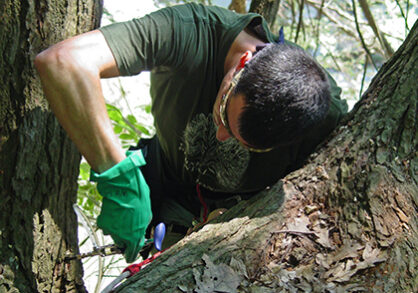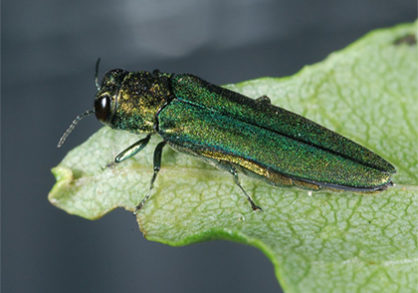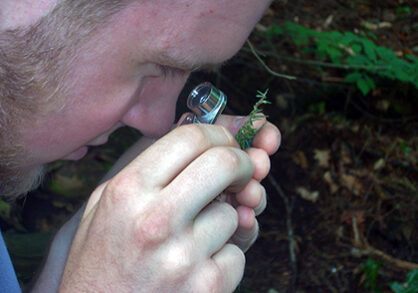Our Efforts
Not only do we control invasives in our natural areas, we work to prevent their spread and help prevent new species from becoming established. We focus on controlling the most damaging plant species, including pale swallow-wort (Cynanchum rossicum), Japanese knotweed (Fallopia japonica), Norway maple (Acer platanoides), common buckthorn (Rhamnus cathartica), and amur honeysuckle (Lonicera maackii).
Why this is important

